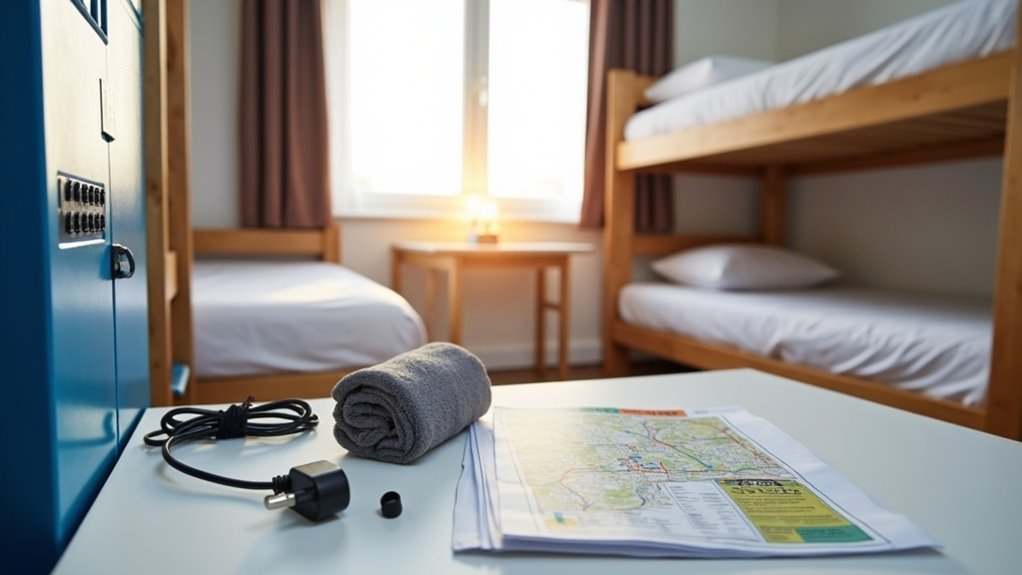If you lose your phone abroad, use the device’s tracking tool like Find My iPhone or Find My Phone to locate or lock it immediately, then contact your service provider to suspend service and protect your account. Use another device to change passwords for sensitive accounts and notify your bank of potential risks. File a police report and keep documentation for insurance claims. Taking these actions quickly secures your information and increases recovery chances—more details about each step follow.
Losing your phone while traveling abroad can disrupt your plans, compromise your personal data, and create significant communication challenges. When you realize your device is missing, act quickly to improve your chances of recovery and secure your information.
Start by using built-in tracking tools—such as Apple’s “Find My” or Samsung’s “Find My Phone”—to try to locate your device, provided it’s connected to the internet. If these features are enabled, you can often pinpoint the last known location or trigger a sound to help retrieve it. Simultaneously, call or text your phone to see if someone has found it and is willing to return it. If your phone is lost or stolen, it’s important to notify your service provider as soon as possible to help suspend the line and minimize potential misuse.
Use built-in tracking tools to locate your lost phone abroad and try calling or texting it in case someone finds it.
Gather as much information as possible about where and when you lost the phone, noting details like nearby landmarks, transit routes, or recent stops. If you have local contacts, ask them for support, especially if you need help communicating with authorities or managing a language barrier.
Use any alternative devices, such as a tablet or a borrowed phone, to access the internet and start recovery procedures. If you encounter website access issues while abroad, it may be due to security services that restrict certain actions or locations.
Immediately take steps to protect your data. Lock your device remotely to prevent unauthorized access. Change passwords for your cloud accounts, emails, banking apps, and social media. If you believe recovery is unlikely, remotely erase your phone’s data to safeguard sensitive information.
Inform your bank and credit card companies to freeze accounts or monitor for suspicious activity. If possible, back up any important data through cloud services before initiating a remote wipe.
Contact your mobile carrier to suspend your phone’s service and prevent fraudulent usage. Notify your insurance provider, if applicable, to start a claim.
File a police report with local authorities, and obtain official documentation for insurance or proof of loss—having this translated to English may be necessary for claims. If replacement is unavoidable, consider purchasing a local prepaid phone or SIM card for continued access while abroad.
Finally, enable tracking and regular backups on your new device, and review preventive measures to minimize risks during future travels.









